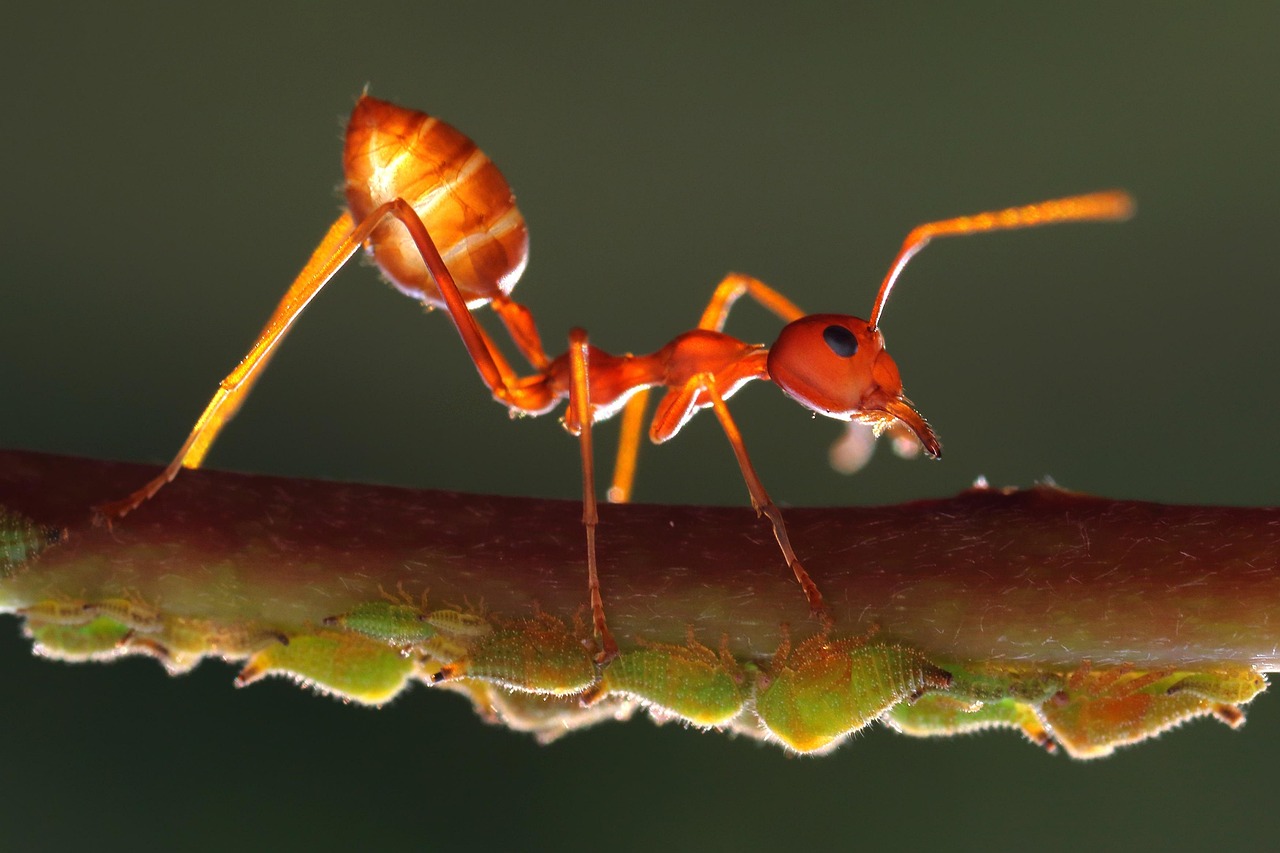Journey into the World of Ant Farms: A Unique Pet Trend
Welcome to the miniature world of ant farms, a growing trend in pet ownership that combines entertainment, education, and the mesmerizing beauty of nature. Ant farms or formicariums have their roots in the early 20th century. The first patent for a formicarium was granted in 1929 to Frank Austin, an American inventor who conceptualized it as a tool for studying ant behavior and ecology. Since then, ant farms have evolved from simple sand-filled containers to intricate, multi-chambered habitats, reflecting the complex, subterranean colonies that ants naturally build.

The Modern Ant Farm: A Shift in Pet Ownership Trends
In recent years, ant farms have gained popularity as an unconventional pet trend. This resurgence isn’t just driven by nostalgia for childhood science experiments, but by a growing appreciation for these industrious insects and the intricate societies they build. These miniature ecosystems now feature in homes, schools, and even workplaces, bringing a slice of nature indoors and offering a fascinating insight into the world of ants.
The Economic Impact of the Ant Farm Trend
The rising interest in ant farms has also created a thriving market. These kits vary in price, ranging from affordable basic sets for beginners (around $20) to high-end, elaborate habitats (up to $300) for serious enthusiasts. The market extends beyond the farms themselves to include ant queens, worker ants, and specialized ant food. While it is difficult to estimate the exact size of this niche market, its growth is reflected in the increasing number of online stores and forums dedicated to ant farming.
Why Ant Farms? The Appeal and Benefits
So, what draws people to ant farming? One reason is the sheer wonder of observing an ant colony at work—building tunnels, foraging for food, and caring for their young. It’s a live, continually changing display that’s often compared to a natural version of pixel art. Ant farms also serve an educational purpose, teaching concepts like teamwork, ecology, and the life cycle of ants. For some, maintaining an ant farm is a meditative experience, providing a sense of peace and order amidst the chaos of daily life.
The Future of Ant Farming
As we move forward, the trend of ant farming shows no signs of slowing down. With advancements in technology, we can expect future ant farms to become even more sophisticated, offering a closer look at the captivating world of ants. For now, these tiny architects remind us of the beauty in nature’s intricacies and the joy of nurturing life, no matter how small.
In conclusion, ant farms are more than just a pet trend. They represent a unique way of connecting with the natural world, encouraging us to appreciate the complexity and beauty of life on a miniature scale.




